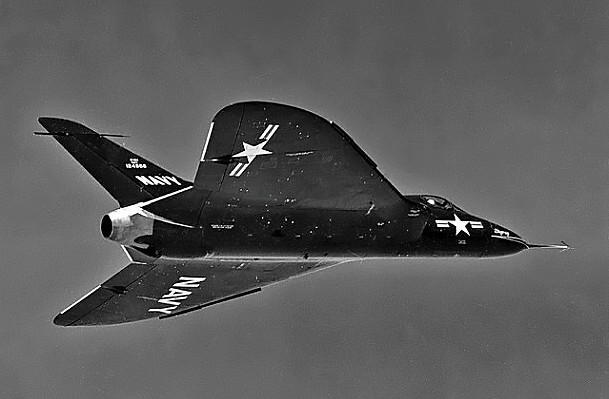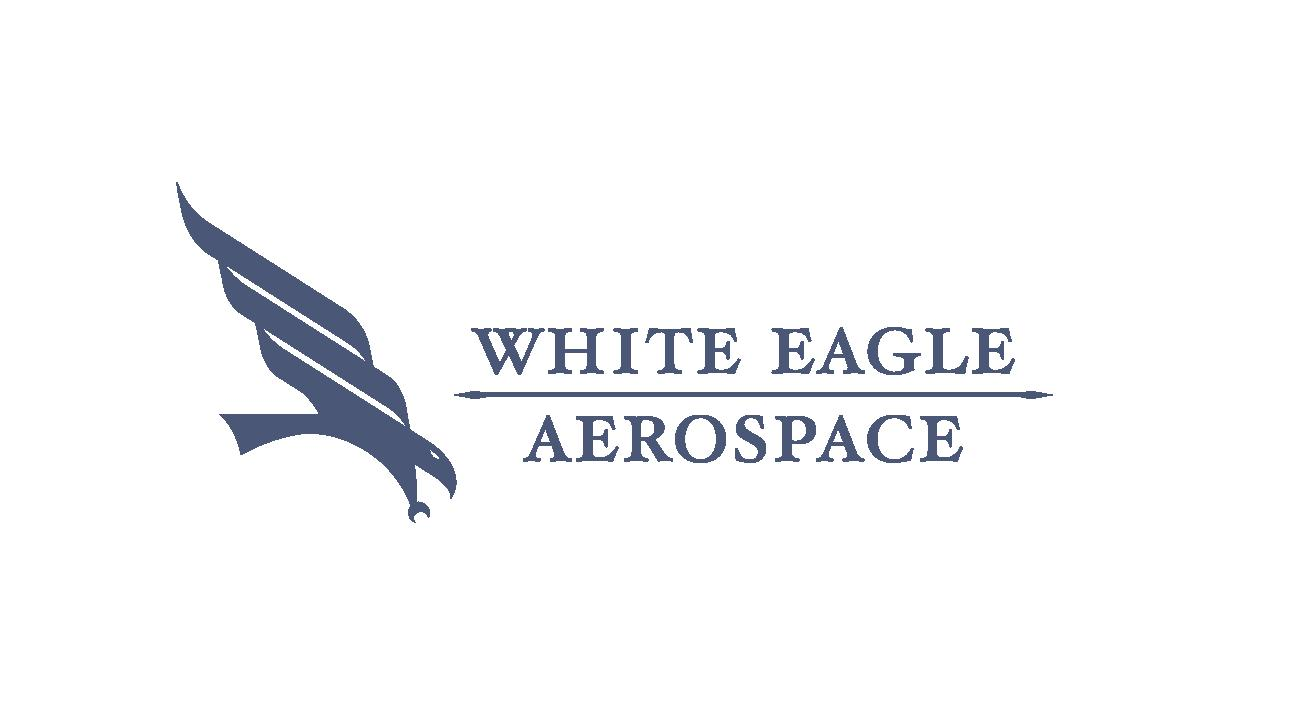
Sixty-four years ago this month, the USN/Douglas XF4D-1 Skyray fighter flew for the first time at Edwards Air Force Base in California. Douglas test pilot Robert O. Rahn was at the controls of the single-engine, carrier-based, supersonic-capable aircraft.
The Douglas XF4D-1 was the prototype version of the United States Navy’s F4D-1 Skyray. Designed to intercept adversary aircraft at 50,000 feet within 300 seconds of take-off, development of the Skyray began in the late 1940’s. As an aside, the Skyray nickname derived from the type’s large delta wing which gave it the appearance of a Manta ray.
The Skyray was originally designed to be powered by a Westinghouse XJ40-WE-6 turbojet capable of 7,000 lbs of sea level thrust. However, when significant developmental problems were encountered with that power plant, Douglas substituted an Allison J35-A-17 turbojet to support early flight testing of the XF4D-1. With a maximum sea level thrust of 5,000 lbs, the J35 rendered these early airframes significantly underpowered.
A pair of XF4D-1 Skyray airframes were built by Douglas. Ship No. 1 was assigned tail number BuAer 124586 while Ship No. 2 received the designation BuAer 124587.
On Tuesday, 23 January 1953, XF4D-1 Ship No. 1 (BuAer No 124586) departed Edwards Air Force Base on its first ride into the wild blue. Doing the piloting honors on this occasion was highly regarded Douglas test pilot Bob Rahn. The delta-winged beauty performed well on this maiden flight which concluded with Rahn making an uneventful landing back at Edwards.
Extensive flight testing of the Skyray, including carrier trials, continued through 1955. The Westinghouse XJ40-WE-8 appeared on the scene during this time. Rated at 11,600 lbs of sea level thrust in afterburner, this power plant allowed the Skyray to establish several speed records in California during October of 1953. Specifically, a speed of 752.944 mph was registered within a 3-kilometer course over the Salton Sea followed by 100-kilometer closed course mark of 728.11 mph at Edwards AFB.
Unfortunately, the XJ40 would prove to be very temperamental and unreliable. Inflight engine fires, explosions, and component failures constantly plagued the Skyray program. Westinghouse never did solve these problems to the satisfaction of the Navy. As a result, the service eventually opted to power production aircraft with the Pratt and Whitney J57-P-8 turbojet (10,200 lbs of sea level thrust).
The Douglas F4D-1 Skyray went on to serve with the United States Navy and Marines from 1956 through 1964. A total of 420 aircraft were produced. While never used in anger, the Skyray was a solid performer and served well in its intended role as a point design interceptor.
The Skyray holds the distinction of being the last fighter produced by the Douglas Aircraft Company before this legendary aerospace giant merged with McDonnell Aircraft to form McDonnell Douglas.


Comments
While in the Navy from 1962 to 1966 I served in VFP-63 for about 3 years servicing RF8A/G Crusaders and got familiar with the F8E fighter as well from VF-124 at NAS Miramar. I was a plane captain before and during my first Westpac cruise in 1964. As much as I loved the Crusader, I couldn’t help but admire the F4Ds that came to visit sometimes from NAS North Island. Why? While they didn’t have the speed of the Crusader, they climbed like homesick angels. Under the right conditions, they could actually out climb an F8! (you’ll hear arguments about that, I’m sure). When aboard the USS Ticonderoga pulling out of North Island, I routinely watched the Skyrays take off , hug the deck, then pull up, roll at the top, and fly in the opposite direction. F8s did it at Miramar, but watching an F4D was a sight to see. Even at the twilight of their operational career in 1964, I feel it still would have been a great dog fighter against the Mig 17s over Viet Nam. The only gripe I ever heard from an F4D driver was that the vertical stabilizer was a little too short, so landing aboard ship could be dicey at times coming in at a high angle of attack. The F5D Skylancer rectified that, but the Crusader was picked for production, and a good choice it was. Had the J57 been in the Skyray instead of the J40 (messed up the F3H Demon introduction as well), I’m sure the F4D could have been operational long before 1956.
Share this post:
One more thing about the Ford I forgot to mention in my last comment. VF(AW)-3 was the only US naval air unit in NORAD. They took the coveted NORAD Trophy amongst all interceptor units in the country in 1957, and 1958. I believe their skipper was Cdr. Valencia. Correct me if I’m wrong with this.
Share this post: